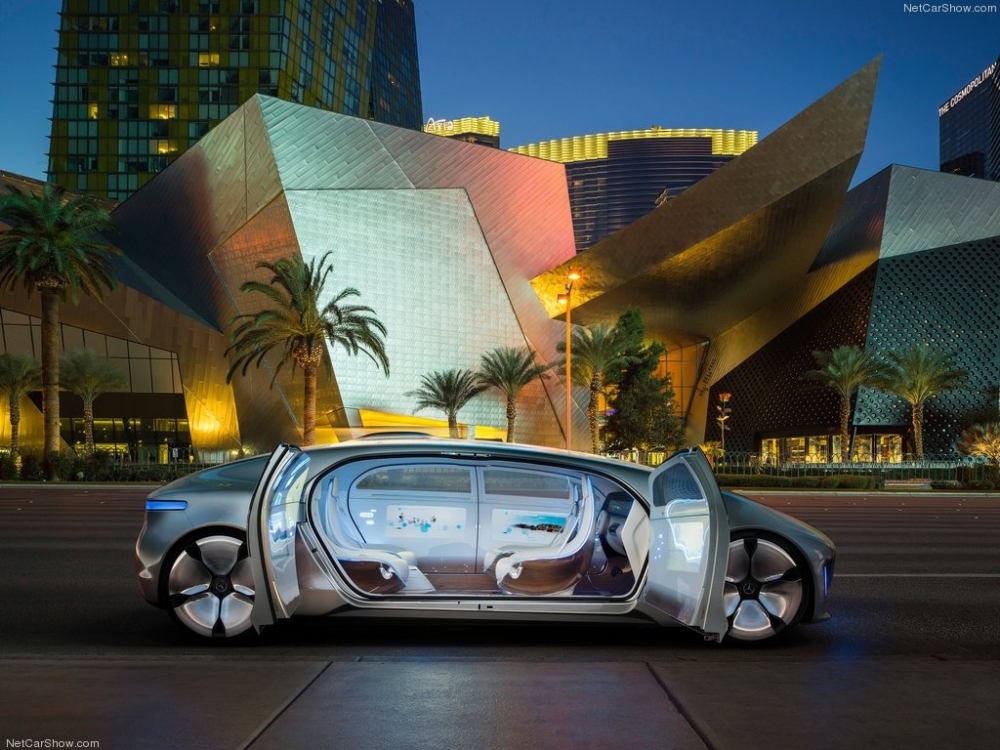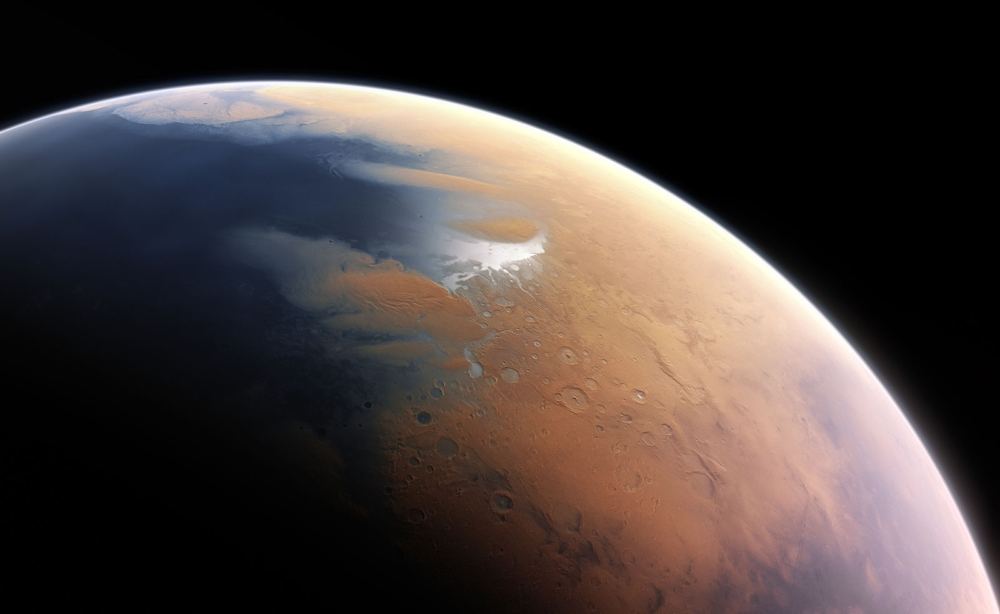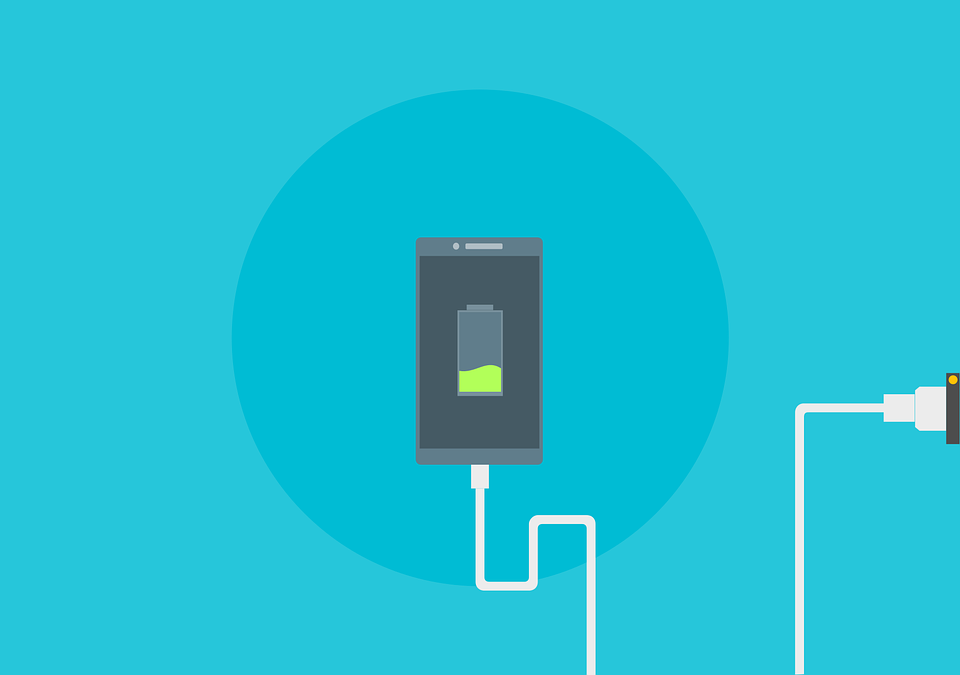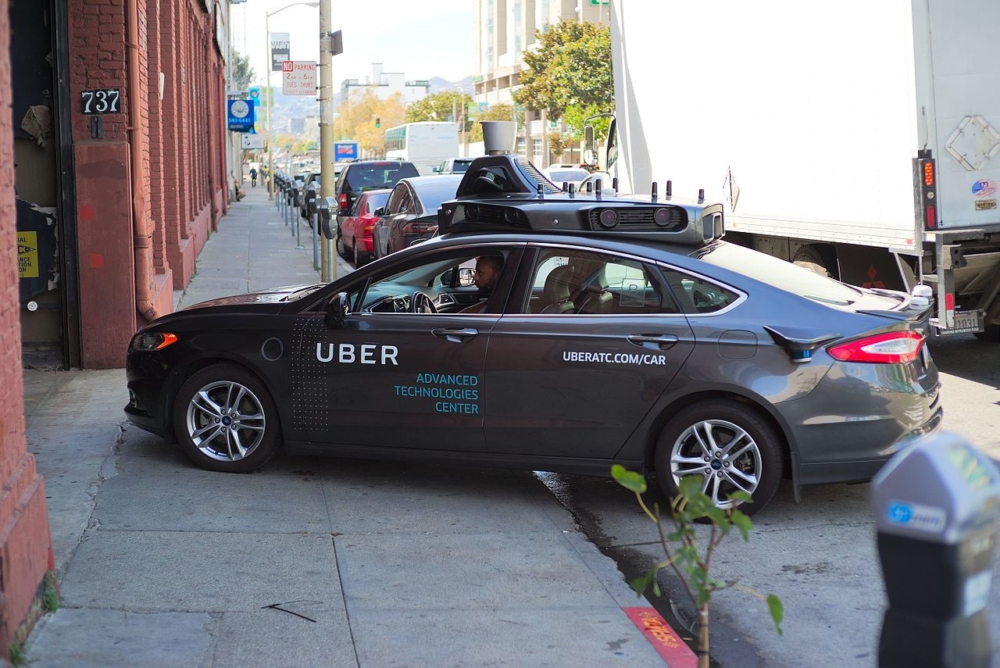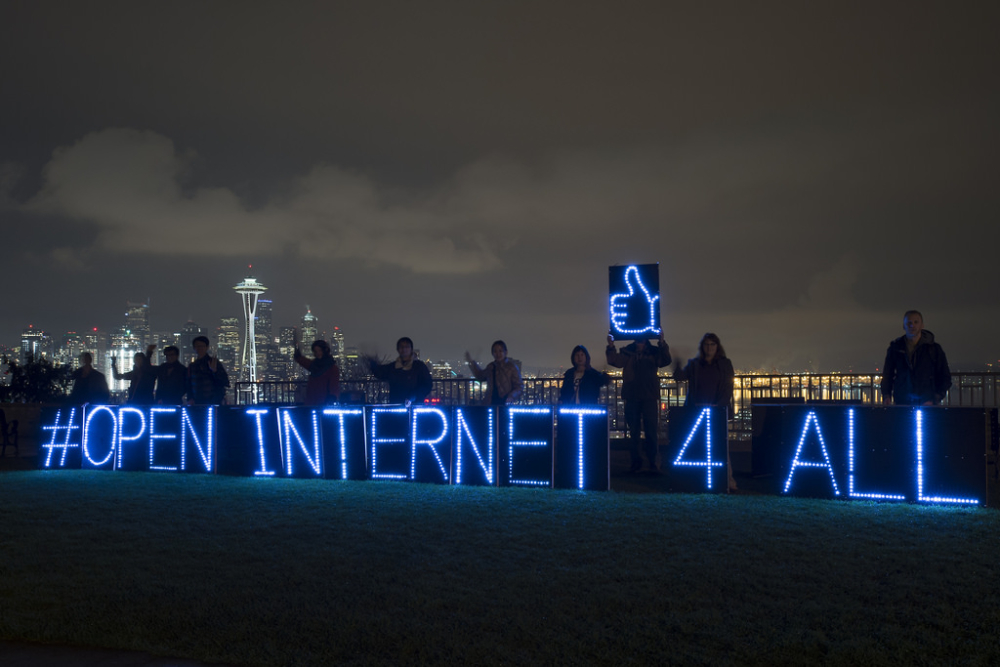[ot-caption title=”Mercedes’ F 015 concept car with driverless capabilities. (via Knobiobiwan/Deviant Art)”]
We are now fifteen years into the 21st century, and it seems as though we are inching closer to the promise of not having to drive and instead handing the keys over to intelligent programs. Tesla has recently released its autopilot feature to its Model S car and Google has had its driverless cars log over 1 million miles on the road. The question becomes, when will these robots supersede our ability to drive?
Elon Musk, CEO of Tesla and SpaceX, spoke just last week on November 20, 2015 and stated that he is increasing the size of his engineering team responsible for the new autopilot capability. Tesla Motors unleashed this feature as a software update to Tesla customers only a month ago. While the company somewhat controversially released this software in a beta stage, many drivers abused the technology beyond its means (Wired), yet the presently incomplete experience is quite impressive, giving hope to the future of the technology. Musk is not alone in his desire to bring this self-driving car dream to a reality, with others companies like Google and Mercedes-Benz making contributions as well.
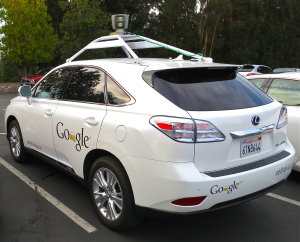
Until Tesla’s latest initiative in driverless automobiles, many were only familiar with the technology through Google’s famed driverless car project. Google X, the division of the company notorious for its varied and ambitious goals, was the driving force of the project for many years. This was until it became so important that it was brought into the actual company and out of the relative unknown darkness of its X counterpart. Most of these cars (Tesla’s Model S being no exception) use countless sensors that are then sent to an advanced computer program that interprets these metrics to guide the car in the proper direction. Google’s approach requires an initial mapping of the route through human navigation, after which the program is able to detect deviations in the current, autonomous route and the previously mapping to make corrections while driverless. Tesla’s approach is similar but does not have the human navigation pre-requisite; however, this may likely cause worse functionality. Both companies provide high hopes for what the future of automotive advancements can hold.
While certainly intriguing and futuristic, the technology is in its infancy and has much to prove before it can take over the standard human operated automobile. Refinement of the mechanisms and sensors will likely take years, but the rate of improvement is high. Finally, it would seem that this may be an reality that is certainly on the horizon.
Sources: Tesla, CNET, Wired, Google, Mercedes Photo Source: Deviant Art, Wikimedia









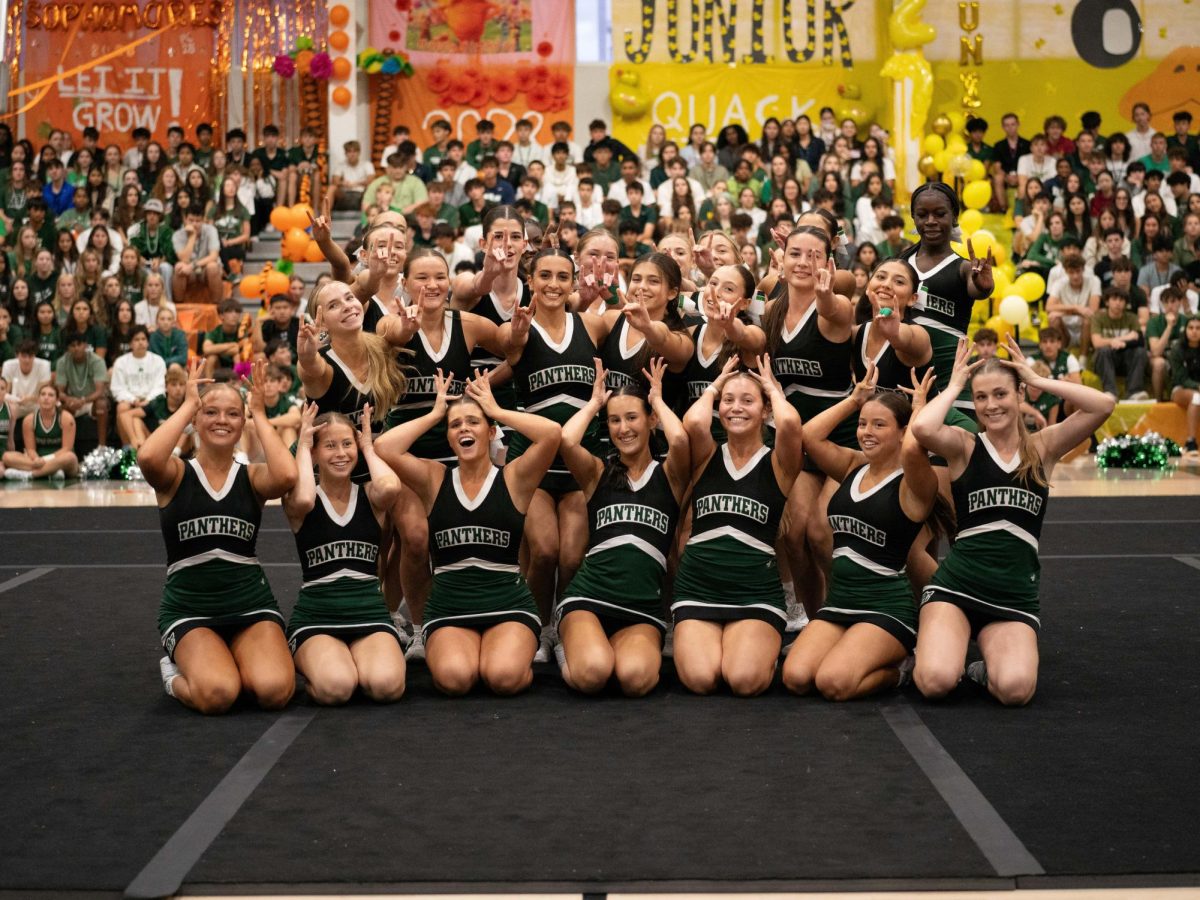






















![Stranger Things 4: What to Expect [Warning: Contains Spoilers]](https://pcpawprint.com/wp-content/uploads/2021/11/StrangerThings4-900x473.jpeg)






















































